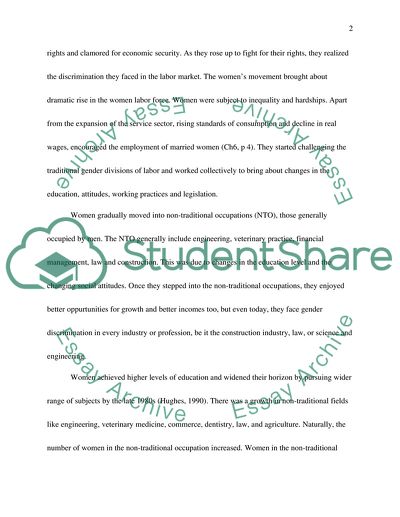Cite this document
(“4th year sociology-Impact of Women's Experiences in Non-traditional Essay”, n.d.)
4th year sociology-Impact of Women's Experiences in Non-traditional Essay. Retrieved from https://studentshare.org/miscellaneous/1537150-4th-year-sociology-impact-of-womens-experiences-in-non-traditional-occupations
4th year sociology-Impact of Women's Experiences in Non-traditional Essay. Retrieved from https://studentshare.org/miscellaneous/1537150-4th-year-sociology-impact-of-womens-experiences-in-non-traditional-occupations
(4th Year Sociology-Impact of Women'S Experiences in Non-Traditional Essay)
4th Year Sociology-Impact of Women'S Experiences in Non-Traditional Essay. https://studentshare.org/miscellaneous/1537150-4th-year-sociology-impact-of-womens-experiences-in-non-traditional-occupations.
4th Year Sociology-Impact of Women'S Experiences in Non-Traditional Essay. https://studentshare.org/miscellaneous/1537150-4th-year-sociology-impact-of-womens-experiences-in-non-traditional-occupations.
“4th Year Sociology-Impact of Women'S Experiences in Non-Traditional Essay”, n.d. https://studentshare.org/miscellaneous/1537150-4th-year-sociology-impact-of-womens-experiences-in-non-traditional-occupations.


